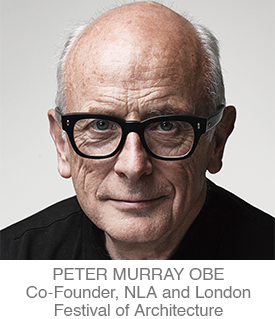|

The Architecture and Design Film Festival is held in different city locations – New York, Los Angeles, Vancouver, Chicago and recently, Mumbai. Last month, we had a taster in London. Location is also a fundamental part of the process of film-making, and an essential one if the topic is architecture.
Location has played an even greater part in film since the arrival of the drone – so much cheaper and better than helicopter footage. No Netflix thriller is complete without an overhead introduction to the location, delivering valuable touristic appetisers.
|
|
Directors with an architectural background bring more than a filmmaker's instinct to their work. They bring what may be called an 'architectural eye'. Antonioni framed modernist alienation in plazas, towers and facades. Peter Greenaway's work feels like a building: layered, symmetrical, concerned with geometry and proportion, while Satyajit Ray's sense of mise-en-scène as well as spatial rhythm has a certain architectural deftness.

The built environment is not simply a backdrop, but a protagonist in its own right. Location, thus, does more than situate; it also perpetuates architecture on film.
Often, property developers say 'location, location, location' is all-important. And so it is for architecture and placemaking, festivals and filmmaking. The much-anticipated, and overdue, new location for ADFF:STIR in London, is one for the books.

|

































